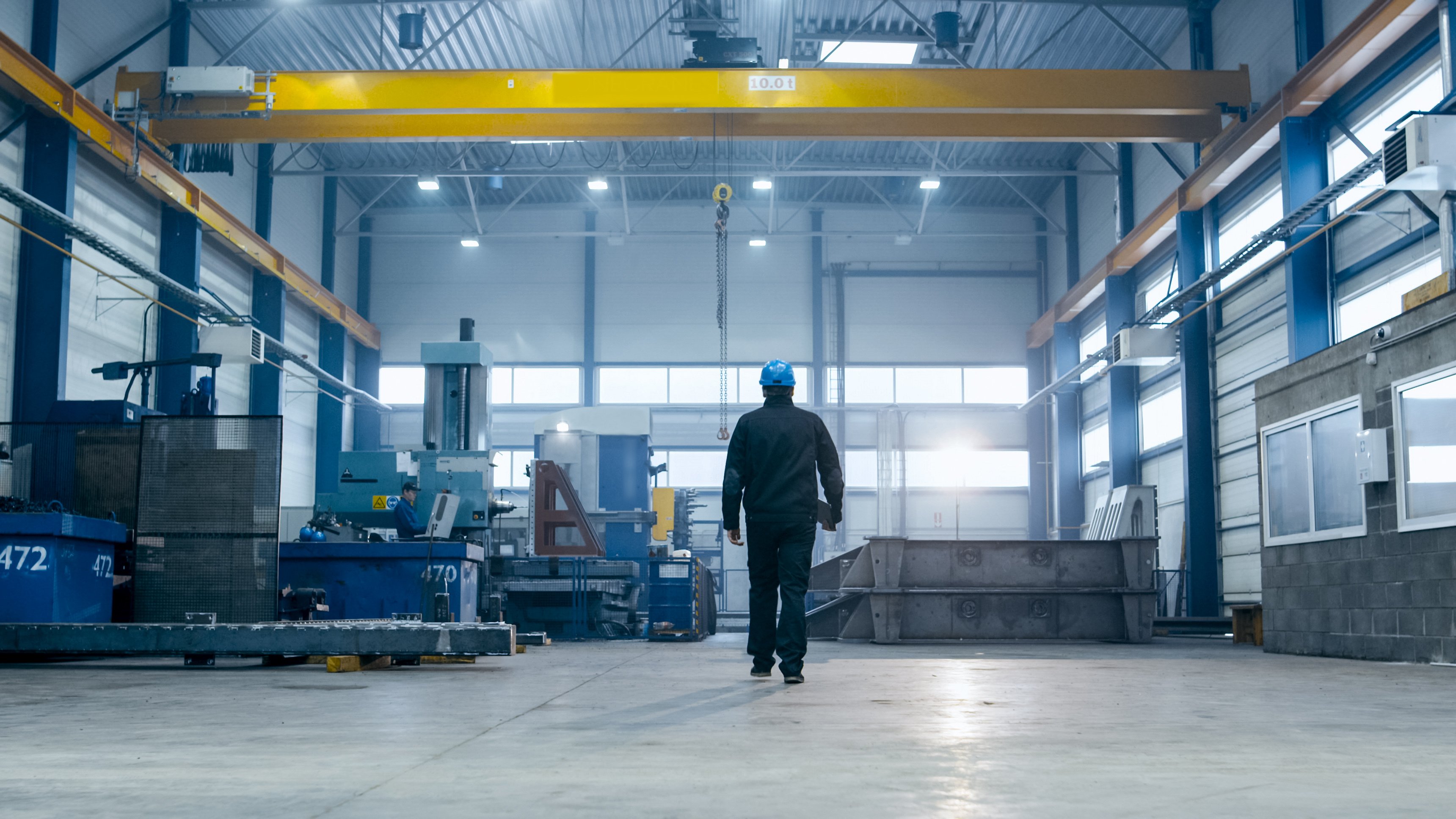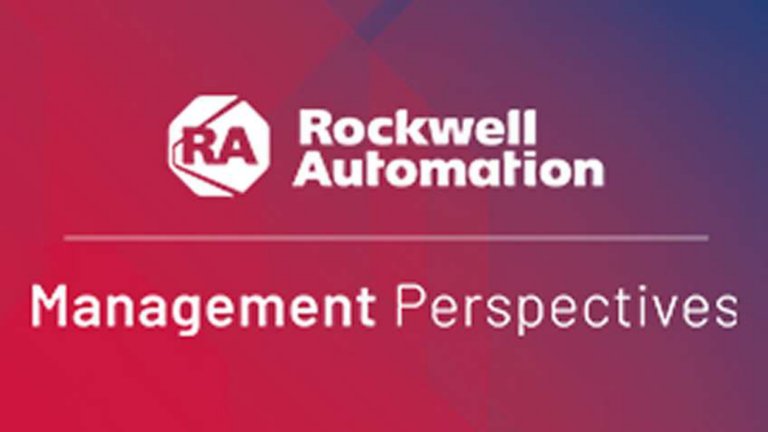Distributed production in the era of advanced automation
Besides the abovementioned benefits of centralized production, there are other aspects that can speak in favor of centralization and against decentralization, such as centralized production process control, unified human resources management, and the centralized handling of supplier-buyer relationships. However, if the already high degree of automation in many industries, as well as today’s internet connection opportunities are taken into account, it seems that from a technological point of view, there are no big differences between controlling one factory with ten production lines, as an example, and controlling ten factories with one line each.
In order to be able to decentralize production like this, to shift it closer to consumers and protect it against local influences due to geographical distribution, several prerequisites must be met. First of all, a high degree of automation at individual plant level is required – this would allow production to be controlled remotely. Furthermore, it is necessary to ensure a reliable, and ideally redundant, connection via which plant control could be made executable remotely from basically anywhere in the world. Moreover, the utilization of cloud-based technologies, which are already widely available, would enable the distribution and replication of data to more geographically remote data centers, thereby increasing the robustness of the complete remote control system.
Remotely controlled manufacture
Modern remote plant control, however, does not have to simply mean the plain virtualization of an operation control panel, or even a complete plant control room, and their geographically unrestricted accessibility. Modern technologies enable a much larger shift in this respect, to represent devices and their operation, for instance, in terms of virtual reality. Artificial intelligence and machine learning technologies then shift control automation and decision making to a whole new level with the ever-decreasing requirement for human intervention. Above that, local plant operators could be equipped with augmented reality devices, which could significantly facilitate service tasks, as well as remote maintenance.
Even when it comes to human resources, production decentralization brings with it a certain advantage. Many manufacturers are facing a critical lack of qualified staff, whereas the distribution of production to several locations could help solve this problem. In fact, we have thoroughly assessed management and cooperation in distributed teams during the COVID-19 pandemic.
Beyond the boundaries of the plant
A higher degree of production decentralization would not just create benefits in crisis situations, such as the current pandemic. The deployment of production to different regions would also help to ensure the manufacture of key products in the event of local natural disasters, transport limitations, or geopolitical conflict.
Having said all this, it is still necessary to realize that, by itself, a higher degree of automation and decentralization would not make any area entirely self-sufficient or independent. Typically, in the event of a global pandemic, it is extremely challenging to ensure the supply of raw materials and other essential resources for manufacture, not to mention the logistics of final products, including their transport to critically endangered locations. Even here, however, a ray of hope is beginning to shine in the form of autonomous vehicles and their deployment in real traffic.
As can be seen, there are many technologies already available that are aimed at a higher degree of production decentralization, with many more in development. The current pandemic, and the huge investments made by individual countries in order to aid the recovery of their economies, could represent an opportunity to expedite the process of decentralization, so that we can be better prepared should other similar crises arise in the future.


